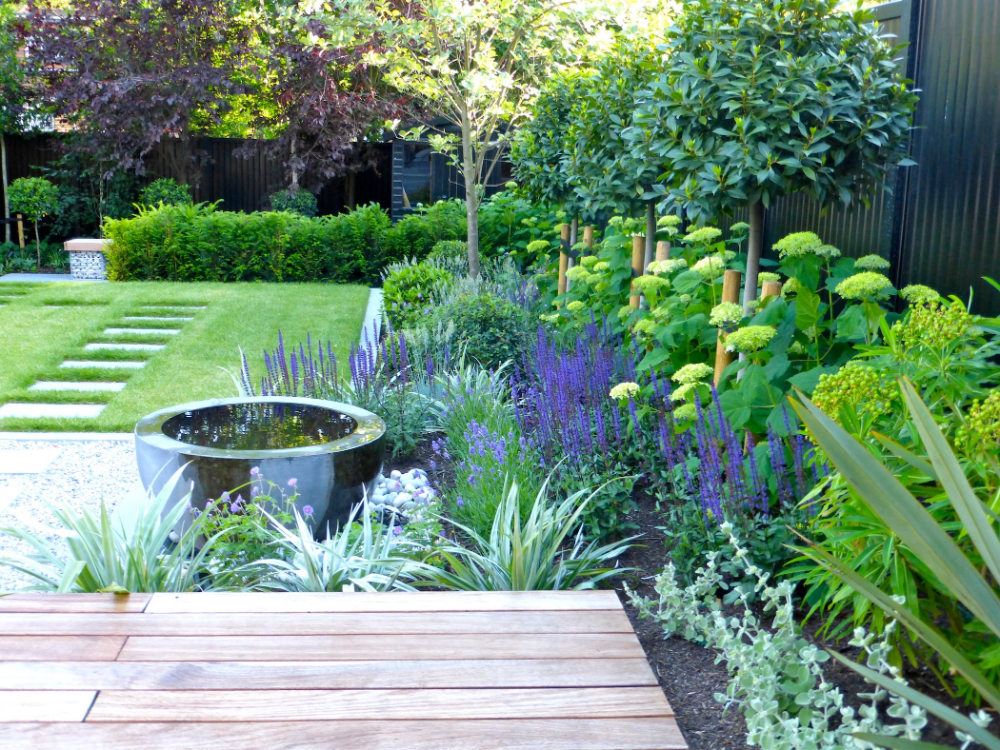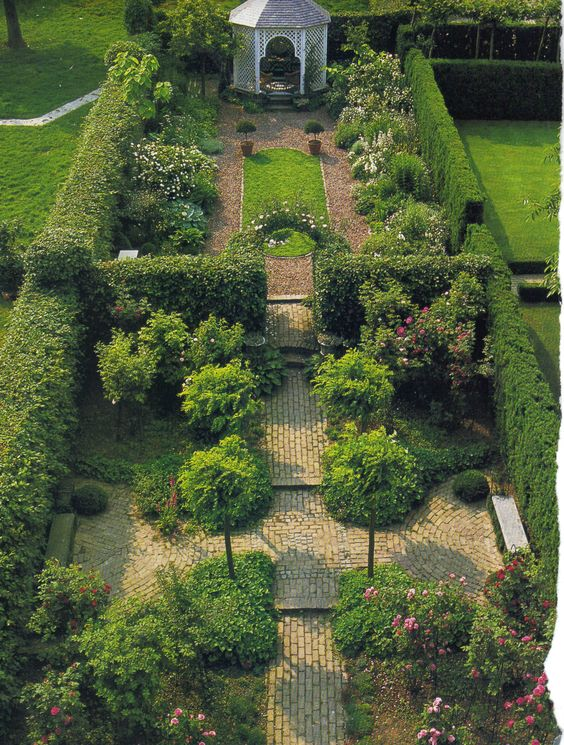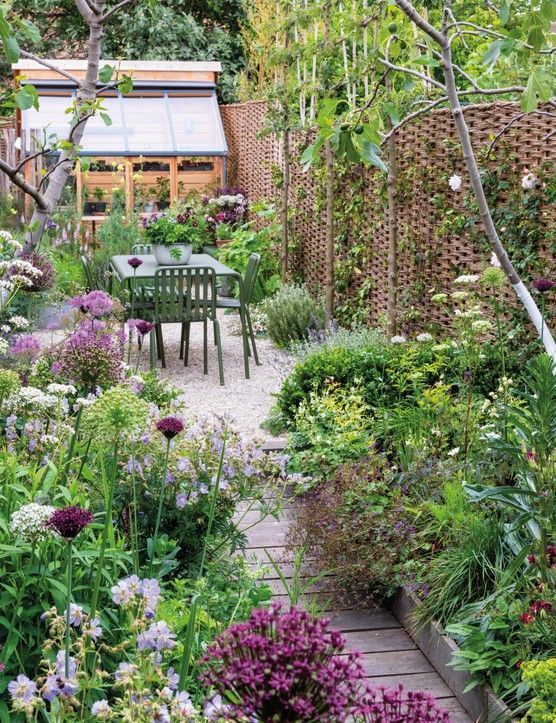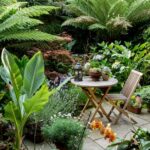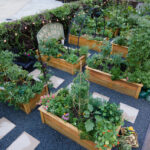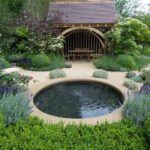Garden design layout plays a crucial role in creating a beautiful and functional outdoor space. Whether you have a small patio, a sprawling backyard, or a rooftop garden, the layout of your garden can greatly impact its overall appearance and usability. By carefully planning and designing the layout of your garden, you can create a space that is not only aesthetically pleasing but also practical and enjoyable to spend time in.
One important aspect of garden design layout is the arrangement of plants and landscaping features. When planning the layout of your garden, consider the type of plants you want to include, their size, shape, and color, as well as their sunlight and water requirements. By strategically placing plants of different heights, textures, and colors, you can create a visually appealing and dynamic garden that changes with the seasons.
In addition to plants, the layout of your garden should also take into account pathways, seating areas, and other hardscape elements. Paths can help define the flow of your garden and create easy access to different areas. Seating areas, such as benches, chairs, or outdoor dining sets, can provide a place to relax and enjoy the beauty of your garden. Including hardscape elements like patios, decks, or pergolas can also add structure and functionality to your outdoor space.
When designing the layout of your garden, it’s important to consider how you will use the space. Are you looking to create a tranquil retreat for relaxation and meditation, a vibrant gathering space for hosting outdoor parties and barbecues, or a productive garden for growing fruits, vegetables, and herbs? By determining the main functions and purposes of your garden, you can tailor the layout to suit your specific needs and preferences.
Another important aspect of garden design layout is the consideration of focal points and vistas. Focal points, such as a striking sculpture, fountain, or flower bed, can draw the eye and create visual interest. Vistas, on the other hand, are views or sightlines that lead the eye toward a specific feature or area of the garden. By strategically placing focal points and creating vistas, you can enhance the overall beauty and visual appeal of your garden.
Ultimately, the layout of your garden should reflect your personal style and taste. Whether you prefer a formal, symmetrical design or a more natural and organic layout, the key is to create a space that feels harmonious and inviting. By carefully planning the arrangement of plants, pathways, seating areas, and other elements, you can design a garden that is not only visually stunning but also functional and enjoyable to spend time in.
